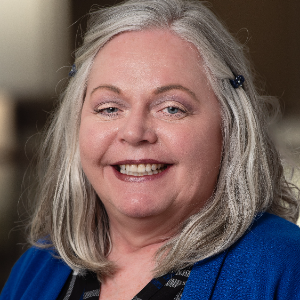Title : Prescription stimulant use and misuse among nursing students: A survey study
Abstract:
Background: Substance Use Disorder (SUD) continues to be a serious public health burden associated with increased morbidity and mortality. Prevalence of prescription stimulant misuse ranges from 8% to 10.4% in the nursing student population. This study was designed to address the gap in knowledge regarding prescription stimulant misuse specifically among nursing students, which is abysmally deficient.
Objective: This study had three aims: (a) to identify the use and misuse of prescription stimulants; (b) to investigate if relations exist between particular variables and stimulant use; and (c) to determine motives for stimulant use.
Methods: An anonymous internet survey was emailed to members of a state nursing student organization inquiring about use of prescription stimulants.
Results: (a) Of the 88 respondents, 55.7% reported no use, 13.6% reported appropriate use of prescribed stimulants, 11.4% reported misuse of prescribed stimulants and 19.3% reported nonmedical prescription use. The majority of participants were female, and the group was well represented across races with a majority being Caucasian followed by African-American, and Asian/Pacific Islander. The majority of students were sophomores followed by juniors, seniors, freshman and post-Baccalaureate students. Most participants reported never using prescription stimulants, followed by nonmedical prescription use, appropriate use of prescription medication, then prescription stimulant misuse.
(b) There was a statistically significant difference in grade point averages (F(3, 87)=2.93, p=.038). We found those who used prescription stimulants appropriately had higher GPAs than nonmedical prescription use. Although students misuse prescription stimulants with the intension of making them more competitive or improving GPAs, they, in fact have negative impacts on their academic standings. Indications are that the prescription medication, when used appropriately, does not give students an academic advantage over those that don’t use it at all. We found statistically significant differences in membership in PanHellenic society ( 2(1, n = 29) = 4.93, p = .026). When any misuse was separate into prescription misuse and nonmedical prescription use, the self-report rate for this study was 14.8% prescription misuse and 30.7% nonmedical prescription use. We found statistically significant differences in employment status ( 2(1, n = 29) = 5.15, p = .023) between groups with appropriate use and nonmedical prescription use.
(c) Nursing students had similar motivations to findings in other studies such as to: increase energy following a late night of activities, study longer, and increase their academic edge against the competition.
Conclusion: This study contributes unique knowledge to the evolving literature regarding substance use and abuse in the nursing student population. The education of nursing students might include awareness of their vulnerabilities, recognition, and actions for individuals suspected of stimulant misuse.




